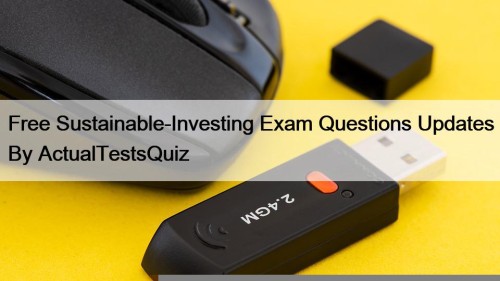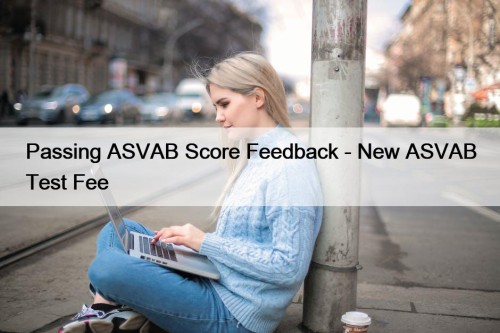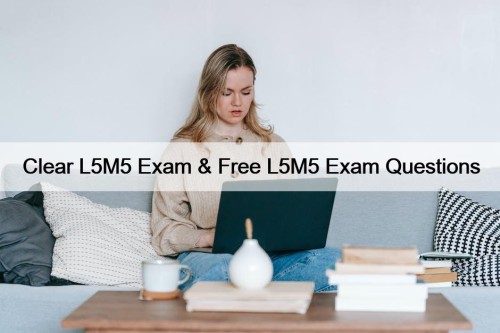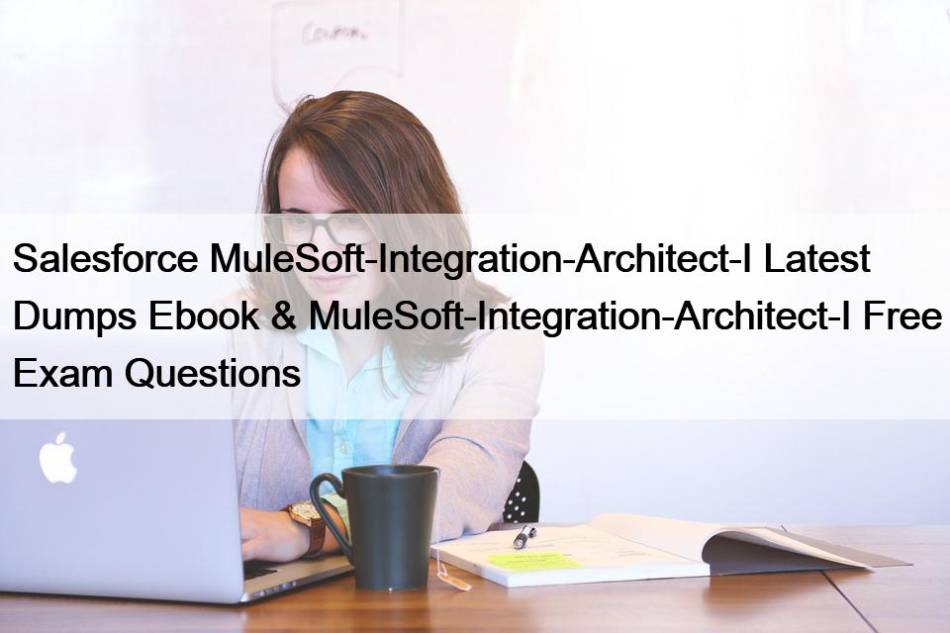Most Popular
 Free Sustainable-Investing Exam Questions Updates By ActualTestsQuiz
Free Sustainable-Investing Exam Questions Updates By ActualTestsQuiz
We take the rights of the consumer into consideration. So ...
 Passing ASVAB Score Feedback - New ASVAB Test Fee
Passing ASVAB Score Feedback - New ASVAB Test Fee
The ASVAB exam questions by experts based on the calendar ...
 Clear L5M5 Exam & Free L5M5 Exam Questions
Clear L5M5 Exam & Free L5M5 Exam Questions
Dear customers, you may think it is out of your ...



Salesforce MuleSoft-Integration-Architect-I Latest Dumps Ebook & MuleSoft-Integration-Architect-I Free Exam Questions

P.S. Free & New MuleSoft-Integration-Architect-I dumps are available on Google Drive shared by 2Pass4sure: https://drive.google.com/open?id=1Lo7PAlFcL_44tMsUg4N1z354PkXCXZXW
Constant improvements are the inner requirement for one person. You should constantly update your stocks of knowledge and practical skills. So you should attend the certificate exams such as the test MuleSoft-Integration-Architect-I certification to improve yourself and buying our MuleSoft-Integration-Architect-I latest exam file is your optimal choice. Our MuleSoft-Integration-Architect-I Exam Questions combine the real exam's needs and the practicability of the knowledge. The benefits after you pass the test MuleSoft-Integration-Architect-I certification are enormous and you can improve your social position and increase your wage.
Salesforce MuleSoft-Integration-Architect-I Exam Syllabus Topics:
| Topic | Details |
|---|---|
| Topic 1 |
|
| Topic 2 |
|
| Topic 3 |
|
| Topic 4 |
|
| Topic 5 |
|
>> Salesforce MuleSoft-Integration-Architect-I Latest Dumps Ebook <<
MuleSoft-Integration-Architect-I Free Exam Questions | Valid MuleSoft-Integration-Architect-I Exam Vce
“Quality First, Credibility First, and Service First” is our company’s purpose, we deeply hope our MuleSoft-Integration-Architect-I Study Materials can bring benefits and profits for our customers. So we have been persisting in updating in order to help customers, who are willing to buy our test torrent, make good use of time and accumulate the knowledge. We will guarantee that you will have the opportunity to use the updating system for free.
Salesforce Certified MuleSoft Integration Architect I Sample Questions (Q167-Q172):
NEW QUESTION # 167
An organization plans to use the Anypoint Platform audit logging service to log Anypoint MQ actions.
What consideration must be kept in mind when leveraging Anypoint MQ Audit Logs?
- A. Anypoint MQ Audit Logs include logs for queue create, delete, modify, and purge operations
- B. Anypoint MQ Audit Logs include fogs for failed Anypoint MQ operations
- C. Anypoint MQ Audit Logs include logs for sending, receiving, or browsing messages
Answer: C
NEW QUESTION # 168
A company is designing an integration Mule application to process orders by submitting them to a back-end system for offline processing. Each order will be received by the Mule application through an HTTP5 POST and must be acknowledged immediately.
Once acknowledged the order will be submitted to a back-end system. Orders that cannot be successfully submitted due to the rejections from the back-end system will need to be processed manually (outside the banking system).
The mule application will be deployed to a customer hosted runtime and will be able to use an existing ActiveMQ broker if needed. The ActiveMQ broker is located inside the organization's firewall. The back-end system has a track record of unreliability due to both minor network connectivity issues and longer outages.
Which combination of Mule application components and ActiveMQ queues are required to ensure automatic submission of orders to the back-end system while supporting but minimizing manual order processing?
- A. A batch job scope to call the back in system An Untill successful scope containing Object Store components for long retries. A dead-letter object store configured in the Mule application
- B. One or more on-Error scopes to assist calling the back-end system one or more ActiveMQ long-retry queues A persistent dead-letter Object store configuration in the CloudHub object store service
- C. One or more On Error scopes to assist calling the back-end system An Untill successful scope containing VM components for long retries A persistent dead-letter VM queue configure in Cloud hub
- D. An Until Successful scope to call the back-end system One or more ActiveMQ long-retry queues One or more ActiveMQ dead-letter queues for manual processing
Answer: D
NEW QUESTION # 169
The company's FTPS server login username and password
- A. The partner's PGP public key used by the company to login to the FTPS server. A TLS context key store containing the private key for ftps.partner.com The company's PGP private key that was used to sign the files
- B. The company's FTPS server login username and password. A TLS context trust store containing a public certificate for ftps.partner.com The partner's PGP public key that was used to sign the files
- C. TLS context trust store containing a public certificate for the company. The company's PGP public key that was used to sign the files
- D. The partner's PGP public key used by the company to login to the FTPS server. A TLS context key store containing the private key for the company The partner's PGP private key that was used to sign the files
Answer: C
NEW QUESTION # 170
An Order microservice and a Fulfillment microservice are being designed to communicate with their dients through message-based integration (and NOT through API invocations).
The Order microservice publishes an Order message (a kind of command message) containing the details of an order to be fulfilled. The intention is that Order messages are only consumed by one Mute application, the Fulfillment microservice.
The Fulfilment microservice consumes Order messages, fulfills the order described therein, and then publishes an OrderFulfilted message (a kind of event message). Each OrderFulfilted message can be consumed by any interested Mule application, and the Order microservice is one such Mute application.
What is the most appropriate choice of message broker(s) and message destination(s) in this scenario?
- A. Order messages are sent to a JMS queue. OrderFulfilled messages are sent to a JMS topic Both microservices interact with the same JMS provider (message broker) instance, which must therefore scale to support the load of both microservices
- B. Order messages are sent directly to the Fulfillment microservices. OrderFulfilled messages are sent directly to the Order microservice The Order microservice interacts with one AMQP-compatible message broker and the Fulfillment microservice interacts with a different AMQP-compatible message broker, so that both message brokers can be chosen and scaled to best support the load of each microservice
- C. Order messages are sent to a JMS queue. OrderFulfilled messages are sent to a JMS topic The Order microservice interacts with one JMS provider (message broker) and the Fulfillment microservice interacts with a different JMS provider, so that both message brokers can be chosen and scaled to best support the load of each microservice
- D. Order messages are sent to an Anypoint MQ exchange OrderFulfilled messages are sent to an Anypoint MQ queue Both microservices interact with Anypoint MQ as the message broker, which must therefore scale to support the load of both microservices
Answer: A
Explanation:
* If you need to scale a JMS provider/ message broker, - add nodes to scale it horizontally or - add memory to scale it vertically * Cons of adding another JMS provider/ message broker: - adds cost. - adds complexity to use two JMS brokers - adds Operational overhead if we use two brokers, say, ActiveMQ and IBM MQ * So Two options that mention to use two brokers are not best choice. * It's mentioned that "The Fulfillment microservice consumes Order messages, fulfills the order described therein, and then publishes an OrderFulfilled message. Each OrderFulfilled message can be consumed by any interested Mule application." - When you publish a message on a topic, it goes to all the subscribers who are interested - so zero to many subscribers will receive a copy of the message. - When you send a message on a queue, it will be received by exactly one consumer. * As we need multiple consumers to consume the message below option is not valid choice: "Order messages are sent to an Anypoint MQ exchange. OrderFulfilled messages are sent to an Anypoint MQ queue. Both microservices interact with Anypoint MQ as the message broker, which must therefore scale to support the load of both microservices" * Order messages are only consumed by one Mule application, the Fulfillment microservice, so we will publish it on queue and OrderFulfilled message can be consumed by any interested Mule application so it need to be published on Topic using same broker. * answer: Best choice in this scenario is: "Order messages are sent to a JMS queue. OrderFulfilled messages are sent to a JMS topic. Both microservices interact with the same JMS provider (message broker) instance, which must therefore scale to support the load of both microservices" Tried to depict scenario in diagram:
Diagram Description automatically generated
NEW QUESTION # 171
A system administrator needs to determine when permissions were last changed for an Anypoint Platform user.
Which Anypoint Platform component should the administrator use to obtain this information?
- A. Anypoint Monitoring
- B. Anypiont Studio
- C. Audit Logging
- D. Mule Stack Traces
Answer: C
Explanation:
To determine when permissions were last changed for an Anypoint Platform user, the system administrator should use the Audit Logging component. Audit Logging in Anypoint Platform captures detailed logs of various activities, including changes to user permissions, login attempts, and other significant actions. These logs provide a historical record that administrators can review to track changes and ensure compliance with security policies.
Other components like Anypoint Monitoring, Anypoint Studio, and Mule Stack Traces are used for monitoring application performance, development, and debugging, respectively, but they do not provide specific information about user permission changes.
References
* MuleSoft Documentation on Audit Logging
* Anypoint Platform User Management
NEW QUESTION # 172
......
2Pass4sure informs you that the Salesforce Certified MuleSoft Integration Architect I (MuleSoft-Integration-Architect-I) questions regularly change the content of the Salesforce Certified MuleSoft Integration Architect I real exam. Therefore, you must stay informed as per these changes to save time, money, and mental peace. As was already discussed, 2Pass4sure satisfies the needs of Salesforce MuleSoft-Integration-Architect-I Exam candidates. The customer will receive updates of Salesforce Certified MuleSoft Integration Architect I (MuleSoft-Integration-Architect-I) real dumps for up to 365 days after buying the product.
MuleSoft-Integration-Architect-I Free Exam Questions: https://www.2pass4sure.com/Salesforce-MuleSoft/MuleSoft-Integration-Architect-I-actual-exam-braindumps.html
- MuleSoft-Integration-Architect-I Exam Experience 🌯 MuleSoft-Integration-Architect-I Valid Test Registration 💭 Latest MuleSoft-Integration-Architect-I Exam Cram 🕸 Search for ⮆ MuleSoft-Integration-Architect-I ⮄ on ▷ www.passcollection.com ◁ immediately to obtain a free download 🐀MuleSoft-Integration-Architect-I Test Simulator Online
- Salesforce MuleSoft-Integration-Architect-I PDF Questions – Best Exam Preparation Strategy 🐄 Open website 【 www.pdfvce.com 】 and search for ▷ MuleSoft-Integration-Architect-I ◁ for free download 🤚MuleSoft-Integration-Architect-I Valid Test Registration
- Salesforce MuleSoft-Integration-Architect-I Unparalleled Latest Dumps Ebook Pass Guaranteed Quiz 🔐 Search for ✔ MuleSoft-Integration-Architect-I ️✔️ and download it for free on ⏩ www.itcerttest.com ⏪ website 🔒Practice MuleSoft-Integration-Architect-I Tests
- MuleSoft-Integration-Architect-I Exam Experience ⌚ Premium MuleSoft-Integration-Architect-I Files 🌔 MuleSoft-Integration-Architect-I Simulation Questions 💜 Open ➠ www.pdfvce.com 🠰 enter ✔ MuleSoft-Integration-Architect-I ️✔️ and obtain a free download 🚦New MuleSoft-Integration-Architect-I Test Experience
- MuleSoft-Integration-Architect-I Valid Test Registration 🦗 MuleSoft-Integration-Architect-I Simulation Questions 🈵 MuleSoft-Integration-Architect-I Valid Test Registration 🤚 Enter ⮆ www.examsreviews.com ⮄ and search for 《 MuleSoft-Integration-Architect-I 》 to download for free ☎MuleSoft-Integration-Architect-I Exam Experience
- MuleSoft-Integration-Architect-I Quiz Guide - MuleSoft-Integration-Architect-I Exam Prep - MuleSoft-Integration-Architect-I Test Braindumps 😓 Enter ☀ www.pdfvce.com ️☀️ and search for ➡ MuleSoft-Integration-Architect-I ️⬅️ to download for free 🦃Valid MuleSoft-Integration-Architect-I Test Cost
- Latest MuleSoft-Integration-Architect-I Exam Cram 🔽 MuleSoft-Integration-Architect-I Valid Dumps Sheet 🤨 MuleSoft-Integration-Architect-I Dumps Guide 📇 ▛ www.real4dumps.com ▟ is best website to obtain ➽ MuleSoft-Integration-Architect-I 🢪 for free download ⏺MuleSoft-Integration-Architect-I New Exam Camp
- Practice MuleSoft-Integration-Architect-I Tests 🍍 Practice Test MuleSoft-Integration-Architect-I Pdf 🦠 Latest MuleSoft-Integration-Architect-I Exam Cram 💛 Search for ➡ MuleSoft-Integration-Architect-I ️⬅️ on ( www.pdfvce.com ) immediately to obtain a free download 💹MuleSoft-Integration-Architect-I 100% Accuracy
- MuleSoft-Integration-Architect-I Test Simulator Online 😆 MuleSoft-Integration-Architect-I Vce Free ✊ Premium MuleSoft-Integration-Architect-I Files 🌋 Easily obtain 【 MuleSoft-Integration-Architect-I 】 for free download through ⮆ www.torrentvalid.com ⮄ 👰New MuleSoft-Integration-Architect-I Test Experience
- Desktop Based MuleSoft-Integration-Architect-I Salesforce Certified MuleSoft Integration Architect I Practice Test Software 📿 Download 【 MuleSoft-Integration-Architect-I 】 for free by simply entering { www.pdfvce.com } website 📎MuleSoft-Integration-Architect-I Valid Test Camp
- MuleSoft-Integration-Architect-I New Exam Camp ⏳ MuleSoft-Integration-Architect-I Dumps Guide 🍲 Premium MuleSoft-Integration-Architect-I Files 🥌 Search on ➡ www.testsdumps.com ️⬅️ for 《 MuleSoft-Integration-Architect-I 》 to obtain exam materials for free download 😻MuleSoft-Integration-Architect-I Simulation Questions
- MuleSoft-Integration-Architect-I Exam Questions
- quizwizseniors.com skilluponlinecourses.in pacificoutsourcinginstitute.com tusharlearninghub.com thewealthprotocol.io freemdsacademy.com twin.longemed.com arivudamai.com uniquelearns.com e-learning.fynexr.com
What's more, part of that 2Pass4sure MuleSoft-Integration-Architect-I dumps now are free: https://drive.google.com/open?id=1Lo7PAlFcL_44tMsUg4N1z354PkXCXZXW
Tags: MuleSoft-Integration-Architect-I Latest Dumps Ebook, MuleSoft-Integration-Architect-I Free Exam Questions, Valid MuleSoft-Integration-Architect-I Exam Vce, MuleSoft-Integration-Architect-I Free Practice Exams, MuleSoft-Integration-Architect-I Exam